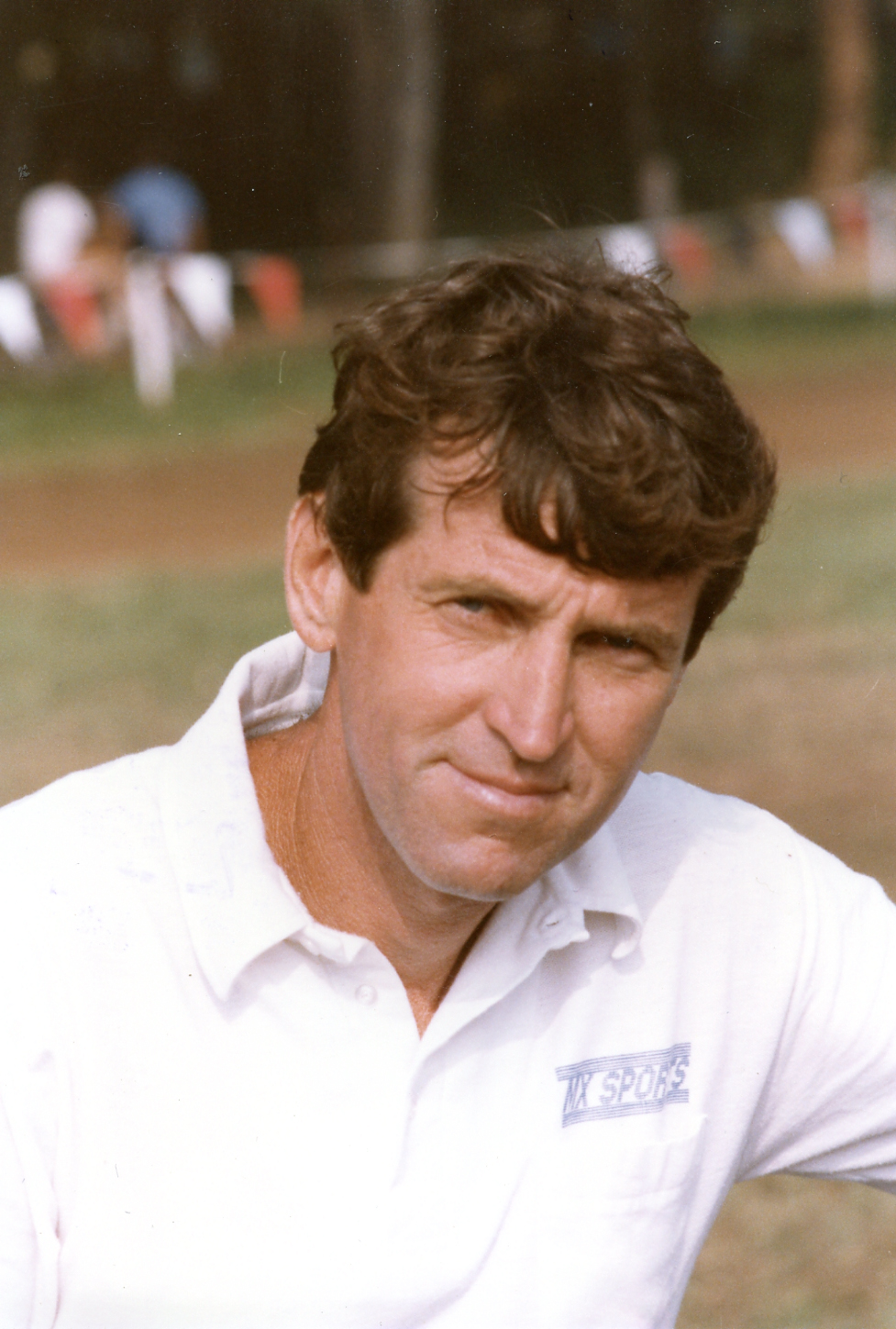Nineteen-nighty-eight was a tough year, but it wasn’t much different from other years. It was hot, it rained heavily at times, campers got stuck, the track got rough, the beer tent got full, the creek flooded, and some very fast riders stood out above it all. Future star Nick Wey won the AMA Horizon Award after winning the 125 Pro Sport class. Future 125 SX winners Shae Bentley (250 A) and Matt Walker (125 A) also won titles. James Stewart and Broc Hepler won minicycle classes, and Ryan Morais won two. All would go on to have success in the professional ranks.
There were other class winners who seemed destined for decent professional careers, but it didn’t quite pan out that way for fast young riders like Billy Payne, Ben Riddle, Bryan McGavran … that’s the nature of the sport: can’t-miss-kids sometimes miss.
In the Vet classes, former pros liked Dag Boyesen, Billy Whitley, Kevin Foley, and Earl May stood out, and the Women’s classes were won by Shelly Kann (Open) and Sarah Whitmore (12-15).
That year the AMA Amateur National Motocross Championship at Loretta Lynn’s were 17 years old, having been founded in 1982 by Dave Coombs Sr. and Paul Shlegel. They wanted to build a centrally located, neutral race track at a facility that could host one thousand families for a week at a time, and Loretta Lynn’s Ranch in Hurricane Mills, Tennessee, was the perfect fit. The people of Humphreys County and nearby Waverly welcomed the event with open arms, and a motocross tradition took hold.
By ’98 Paul was retired from the event and enjoying epic motorcycle rides across the country on his Gull Wing. My dad wasn’t at the ’98 either—it was the first one he would ever miss. A few years earlier he had been diagnosed with leukemia, and had fought it to a draw, for the most part. But that summer it got bad, and his doctors decided a bone marrow transplant was necessary, but risky. He was 57 years old. The good news was that the transplant went well and he seemed to be on his way to a few more years at the least. The bad news was that he got a cold while still recovering in the hospital, and that turned into pneumonia because his red blood cell count was still too low to fight it off. Three weeks after the transplant, he passed away. It was Monday morning, August 3, 1998—practice day at Loretta Lynn’s that year.

Of course the races went on. Dad knew he was in a tough spot, but he also didn’t want us to stop what had become the premier race in the amateur motocross world. He didn’t want a funeral either, but rather an old-fashioned Irish wake sometime down the road. And at 7:00 a.m. sharp the next morning, the announcers played that trademark wake-up call at Loretta Lynn’s, “Coal Miner’s Daughter,” and the first classes lined up to go. At 7:30 a.m. the starting gate dropped and the 17th Annual Loretta Lynn’s AMA Amateur National Championship got underway.
In the years since everyone here at MX Sports and Loretta Lynn’s Ranch and the AMA have tried to honor the original vision and intent of the race: an even playing field, a neutral track, and the world’s greatest motocross vacation. The track remains off-limits for any motorcycles the other 51 weeks of the year, as Loretta’s horses take over the track and it goes back to what it was before 1982. There is no qualifying once you get here so the pressure is not ratcheted up any more than it has to be (the real secret to what makes the week so much fun for most). There are still three motos, which means you are likely to have one hot and rough moto, one muddy moto, and one cool morning moto, which makes it impossible to “luck” your way into a championship. If you win Loretta Lynn’s, you’ve accomplished something very big and impressive, no matter what class you’re in.
It’s hard to believe there have been more Loretta Lynn’s races without my dad than there were with him, and many more to come, though I’m pretty sure he would be pleased with what’s become of his idea for the world’s greatest motocross vacation.


